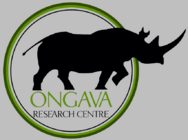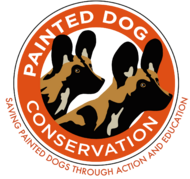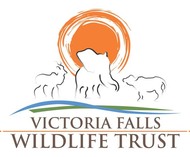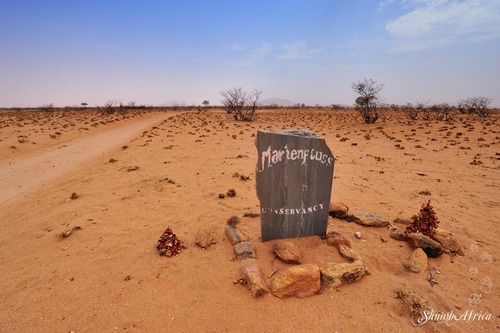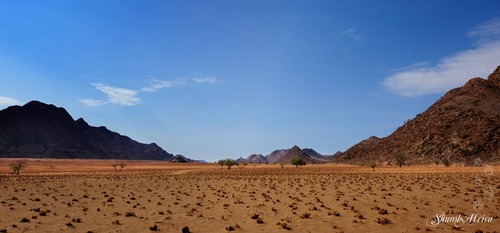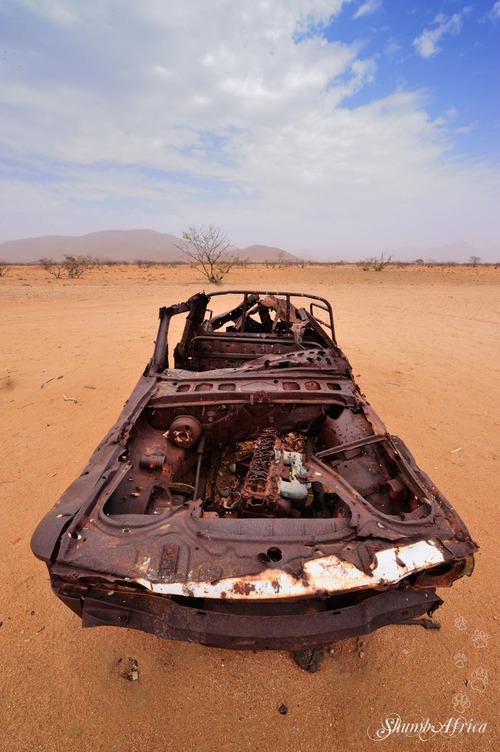-
It took us 3 days from the Kunene to reach Opuwo (and the end of our time in the wilderness...). We drove through to red drum and then down to Orupembe. From there, we crossed the mountains to Opuwo first going North than full East. The road D3703 was long and the progress slow, but the road was in relatively good condition. The first day took us through the gravel plains again with many mountain zebras, gemsbok, springboks and ostriches along the road.
on the second day, we left the plains, passed by Orupembe and drove into the mountains where we stayed all the way until we reached Opuwo.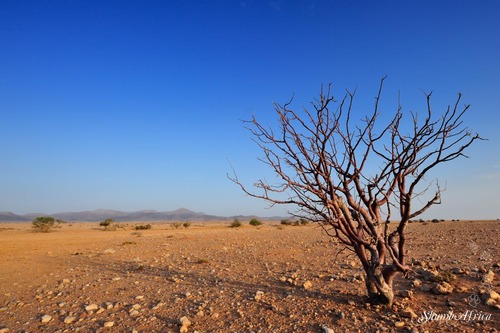
One last night in the plains.

Camping under the stars.

Orupembe

What a surprise to find this one here! But we saw many others further down the road.

Sleping in the mountains...
 your comment
your comment
-
All the way at the top of the Marienfluss flow the Kunene river. It forms the border between Namibia and Angola and is flowing year around. This years was no different, and despite the drought, serious water was still flowing towards the ocean. We spent the night under the big Ana trees at Camp Syncro, which I can only but recommend. even thought it was very tempting to go for a swim in the river, the presence of crocodile soon dissuaded us to do so...

The Kunene rapids


Swimming pool with a view at Okahirongo Lodge.
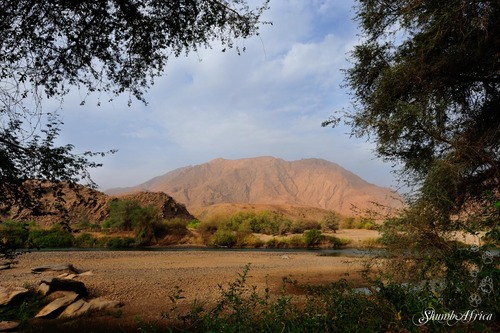
View over the Kunene and Angola from Camp Syncro.
 your comment
your comment
-
-
The Koakovled is home to the Himba people, one of the last remaining nomad tribe. They are well-known for covering their entire body with ochre which give their skin and clothing a rich deep red red colour. They are very proud and beautiful people. They spend most of the area in the wilderness, where they live in small villages and herd their livestock. But once a year, they all go to Opuwo to sell their stock and buy ochre.
This year was extremely dry and most of the villages were deserted. We saw way too many dead cows alongside the road and the live ones were looking very skinny. When most people know the Marienfluss to be covered by grass, like west field, they was not a single blade of grass left around this year...

Hut with a boma.

No idea what that is, but is was pretty crafty!

Hut partially covered with a mix of mud and livestock dung.

Yet another type of hut.

The structure under the mud


 your comment
your comment
Across Southern Africa


